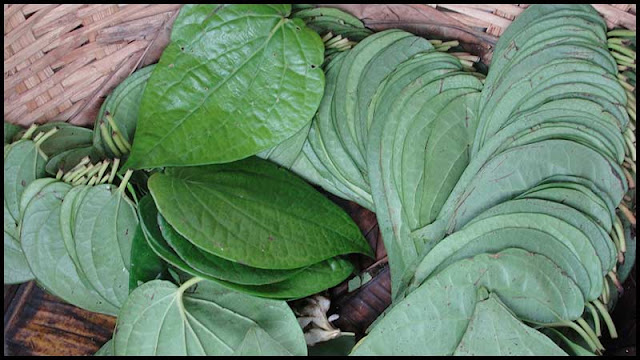Betel Leaf is a common leaf which is primarily used as a mouth freshener. This herb which is also called as Paan is popularly known by many people due to its shining green color and heart-shaped leaves that contains essential nutrients that are very good for our body. It has iodine, potassium, vitamin A, vitamin B1, and vitamin B2. Aside from this, it also has antioxidant, anti-inflammatory and antibacterial properties as well as anti-cancer and anti-mutagenic compounds that are all beneficial in fighting off chronic diseases.
When it comes to healthy digestion, Betel leaves have carminative, anti-flatulent, and gastroprotective properties that work together to make it easy for us to digest the foods we eat.
Betel leaves contain antioxidants, such as vitamin C, that help clear our body from free radicals and toxins. It can help normalize the unbalanced pH level of an upset stomach, thus providing fast relief from gastric pain, acidity, and pain associated by bloating problem as well as an efficient remedy in improving GERD (Gastroesophageal Reflux Disease).
Reap these benefits by using Betel leaves in different ways:
Feel relief from constipation by just chewing betel leaf and ingesting its juice on an empty stomach every day.
Create oil out of the betel leaf and massage in on the stomach in order to stimulate the secretion of digestive acids and gastric juices. This is recommended for those individuals who don’t like its strong mint-like flavor.
Soak the betel leaf in water and store it overnight. The next morning, simply chew the soaked betel leaf or drink the water on an empty stomach.
For kids with digestive problems, we simply need to boil betel leaves together with peppermint leaves in water, strain it, and drink.
How To Grow Betel Leaf Plant
Betel leaf plant can be purchased from a local nursery store. We can also propagate it from cutting. Using a sharp knife simply cut a stem of approximately 18 cm tall from a betel leaf plant. Remove all the leaves off the stem except for the top two and then soak in water and place it on a windowsill where it can get indirect sunlight. Change the water every couple of days. Once the roots appear, we can plant it in a deep pot or in the ground.









